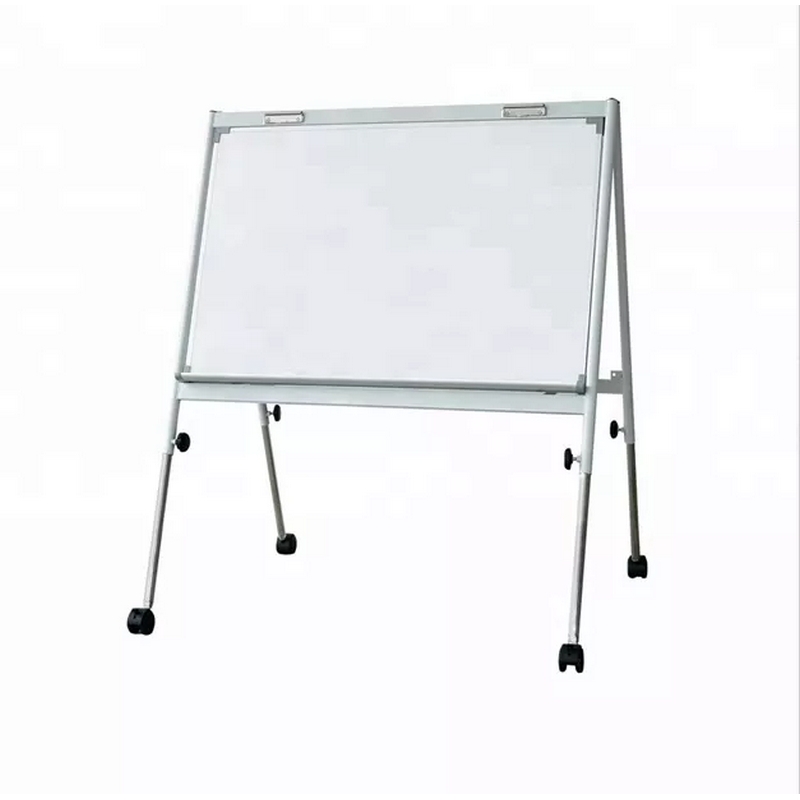Introduction: Navigating the Challenges of Kindergarten Furniture
Imagine a bustling kindergarten classroom filled with excited children — yet, amidst all that enthusiasm, the furniture begins to crumble, becomes uncomfortable, or is ill-suited for the small learners. This scenario is more common than you would think. In fact, a surprising number of educational institutions report increased dissatisfaction with their kindergarten furniture, which not only affects the aesthetics but also the learning experience. So, what’s the solution? Identifying quality suppliers can be the key to transforming this issue.

Body: Technical Breakdown
Traditional Solution Flaws
Look, it’s simpler than you think — those chairs that look good may not withstand the wear and tear of daily use in a kindergarten environment. Traditional wooden furniture, while classic, often lacks biocompatibility with the playful nature of young children. The risks of splinters or heavy-weight injury are high, especially when the furniture is not designed with safety and ergonomics in mind.
New Technology Principles
However, new approaches in kindergarten furniture design are emerging every day. Manufacturers are now using innovative materials and techniques, like molded plastics and rounded edges, which prioritize safety without sacrificing charm. Designed with the principles of active learning, this furniture promotes engagement and interaction, essential for child development. The manufacturing processes often include eco-friendly practices, ensuring a lower carbon footprint, which is quite commendable in today’s eco-conscious market.
Quantified User Benefits
What does all this ultimately mean for schools and educators? Well, switching to the right kindergarten furniture can lead to increased student engagement, reduced accidents, and longer-lasting durability, with studies showing that well-designed spaces can enhance learning outcomes by up to 25%. Investing in high-quality, thoughtfully designed furniture pays off not just in cost savings but importantly in the rich cognitive and social development of the children.

Conclusion: Evaluating Your Choices
When you’re considering a shift in your kindergarten furniture, always verify these 3 metrics when choosing solutions: ① durability and safety standards, ② biocompatibility of materials, and ③ alignment with active learning principles. Each of these criteria will help ensure that your investment serves both the needs of children and educators comprehensively.
Exploring Options with Preschool Furniture Suppliers
Looking for reliable sources? The landscape of preschool furniture suppliers may seem vast but focusing on established brands can significantly ease your choice. The best suppliers will not only offer furniture that meets safety standards but will also be equipped to provide a variety of designs adaptable to diverse classroom environments.
How to Identify Quality Preschool Furniture Suppliers
Dive deeper into your search for preschool furniture suppliers, and you’re likely to uncover a wealth of resources. Look for suppliers who prioritize customer service and offer customization. Additionally, inquire about the materials used, as those that are non-toxic and sustainable will be better for the health of both children and the planet.
Summary and Brand Recommendation
In summary, it’s essential to prioritize high-quality, durable kindergarten furniture designed with young learners in mind. The right preschool furniture suppliers can make all the difference in providing a safe and engaging environment for children. We recommend looking into EVERPRETTY Furniture for their notable supply advantages, focus on safety, and commitment to quality. Their range is specifically tailored to meet the vibrant needs of kindergarten spaces.